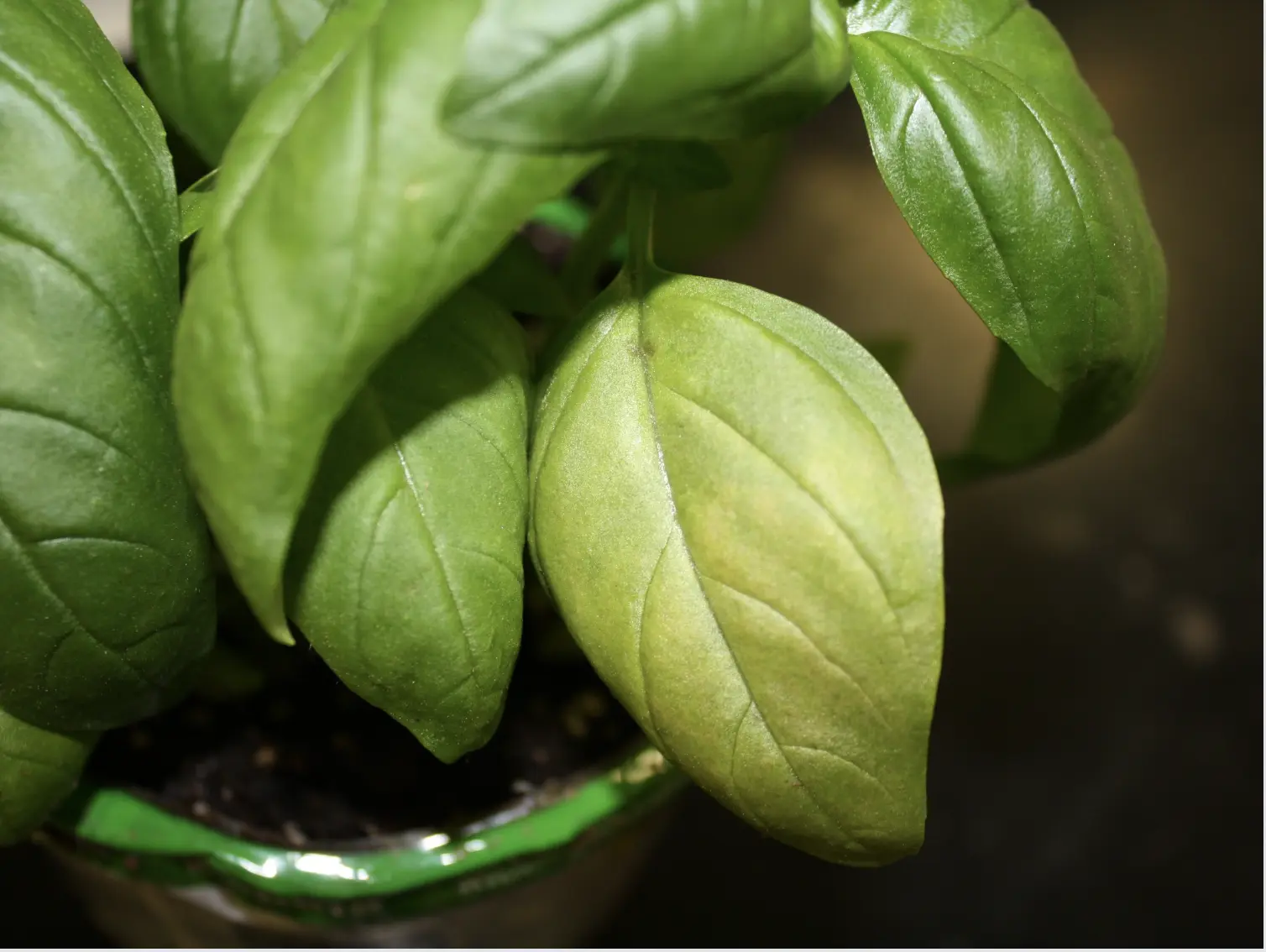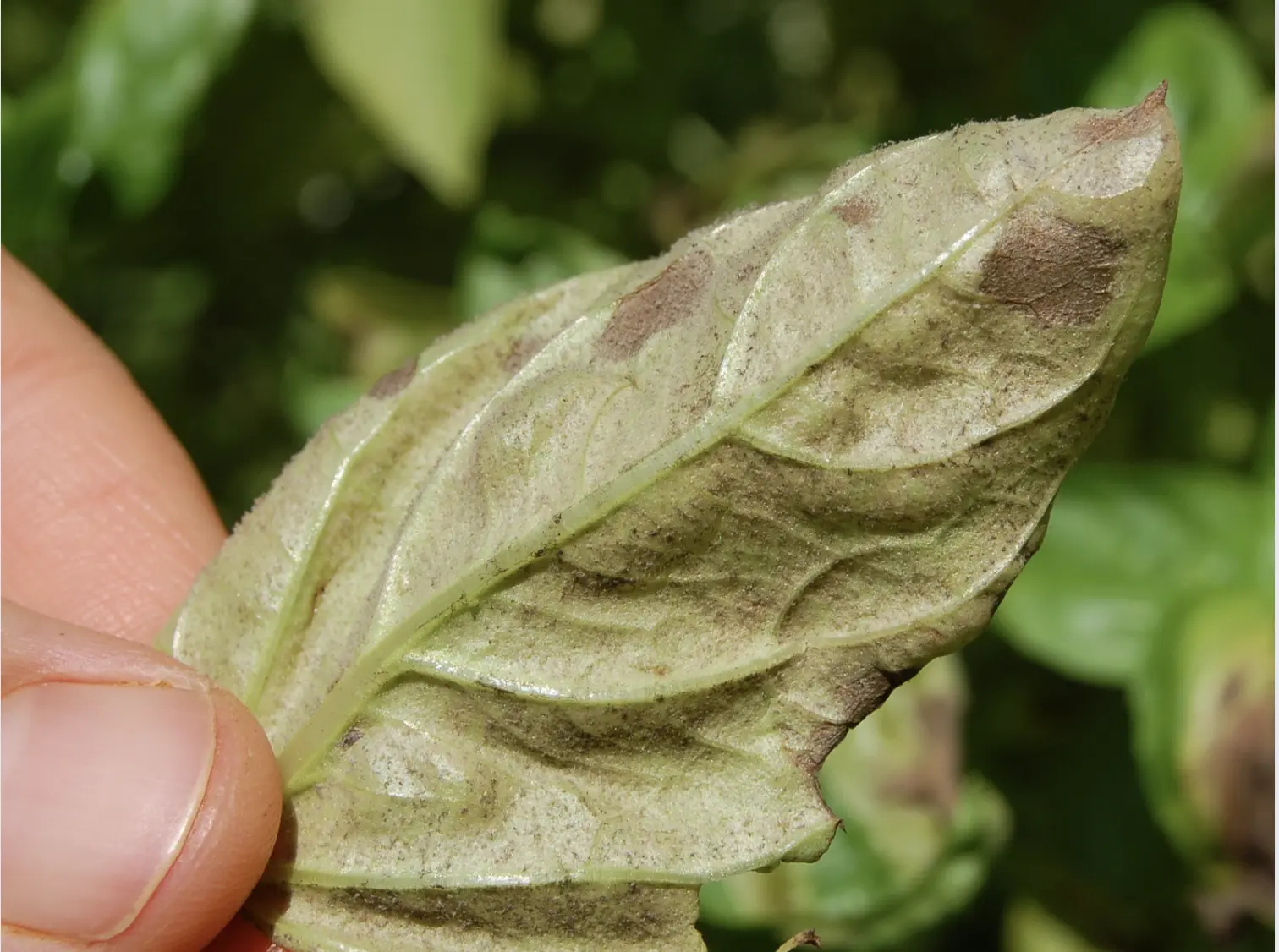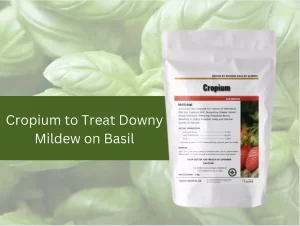Downy mildew on basil is the most common disease. Basil is a bit peppery and a bit sweet, and that is why you will find many people loving it. It is known to be one of the best companion plants for plants like tomatoes. It influences the taste of tomatoes in a significant way when both plants are planted, usually next to each other.
In this article, we are going to discuss how to deal with this disease and also learn more about it. It can answer most of the common questions you have in mind regarding basil downy mildew.

These cultural practices can vary depending on the type of plants being grown, the specific conditions of the garden or farm, and the goals of the grower. They are essential for promoting healthy, productive plants and preventing issues such as diseases and pests.

Many people believe that the best way to handle downy mildew on basil is to use conventional chemical insecticides, which may be harmful but quite productive in the short run. If you utilize them just after catching the symptoms of basil downy mildew, then you can treat it quickly before it spreads and destroys the other crops. K-Phite, Fungi-phite, Prophyt, Revus, Ranman, and Quadris are pretty effective against this horrible disease. Among all these materials, Quadris is only meant for field use and cannot be effective in the greenhouse. K-phite, Fungi-phite, and Phrophyt are phosphite fungicides that are also effective against other mildew-related diseases too.
Basil downy mildew can be a persistent problem for growers, but there are effective biological solutions that offer sustainable and eco-friendly ways to combat this disease. One such solution is Cropium, a product developed by Novobac that harnesses the power of Penicillium Bilaiae as its active ingredient. This naturally occurring soil fungus not only fights against soil-related diseases but also promotes plant health and the uptake of essential nutrients.
Penicillium Bilaiae is a phosphate solubilizing bacteria known for its ability to solubilize phosphate. It’s widely used in agriculture and is highly eco-friendly. Not only does it effectively combat basil downy mildew, but it also plays a crucial role in enhancing plant growth and the uptake of phosphorus, a vital nutrient for plant development. Phosphorus, while essential, is relatively immobile in the soil, and plants can only access it from the soil. This is where Penicillium Bilaiae becomes invaluable, as it enhances phosphorus availability to the plants.

Using Cropium to combat basil downy mildew is straightforward. This organic fungicide is applied to foster the growth of beneficial fungi in the soil around the plant roots, creating a hostile environment for pathogenic bacteria. This effectively blocks the growth of downy mildew and, in turn, promotes robust plant growth. Cropium serves as a booster for both root and shoot development while enhancing the basil plants’ stress tolerance capacity.
Dosage and Application:
When considering downy mildew management, it’s important to weigh the advantages of Penicillium Bilaiae against other common solutions, such as cultural practices and chemical insecticides.
Cultural Practices:
Chemical Insecticides:
Effectiveness and Long-Term Benefits:
Basils are pretty crucial in the kitchen and on the plantation. They are the companion of many vegetables in both places. If downy mildew disease arrives, it is rather vital to cure these plants as soon as possible, but more important than that is to have the preventive measures ready. With the biological solutions from Novobac, you hardly need to break any sweat while addressing this horrible issue.
Novobac, with the fantastic Cropium, is the manufacturer you need to go to resolve downy mildew on basil disease. With the increase in the demand for food, it is essential to have basil plantations solid and successful. Novobac can be the partner of every farmer in the sustainable agricultural practices journey.
Cutworms in gardens are a major menace to all..
As a farmer,I inspect my fields daily to monitor..
It all started with a worried farmer named Mr...

Leave a Reply